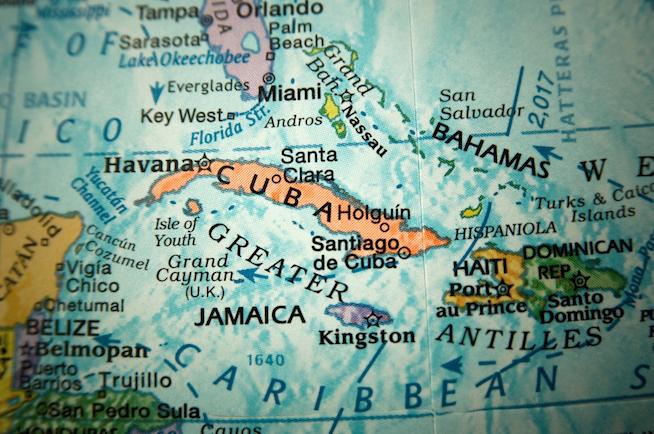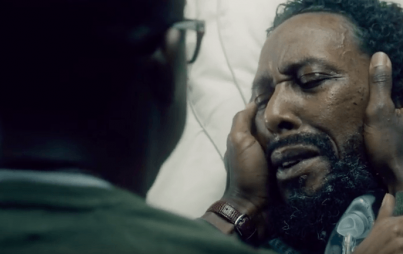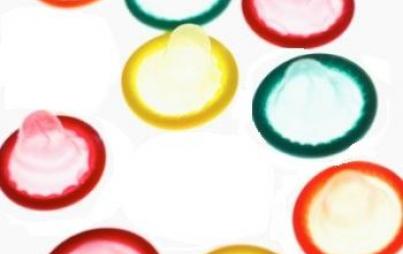
My dark hair and café con leche skin make people assume I’m the Latina, dismissing my light-haired rubio of a husband as the gringo of the pair. They’ll rattle off to me in Spanish, and like Lucy Ricardo, I don’t have a clue.
I try. I really do. But whenever I attempt to embrace my husband Peter’s Cuban culture, I always screw up. It’s kind of like being in an I Love Lucy episode. Yep, that’s me.
I’m very eager to learn and respect the Martinez family traditions, even the superstitions. A cluster of dried corn hangs above our front door to guarantee an abundance of food — in a pinch, you’ll always have that dried corn, right? A crystal glass filled with fresh water and a heads-up penny at the bottom sits on our kitchen windowsill. Why? For prosperity and harmony in the household (bribing the spirits, maybe?). But somehow, despite my efforts, things usually turn out like my frijoles negro: one big, hot, black mess.
Peter’s mother came to the U.S. from Cuba in 1949, when she was just 11 years old. Lydia learned English “from scraps,” as she likes to say, adorably mangling the language on several ocassions. When Peter and his sister were growing up, they would giggle when she asked them to “change the shits.” A coworker taught Lydia to say “linens,” but the kids had to do the laundry just the same.
Just like my mother-in-law, I’m constantly screwing up the lengua. Double Ls hopelessly twist my tongue, and forget about me rolling my Rs. But I do think the “ñ” is kind of cool, and use the sound even when I don’t have to.
Because of my dark hair and café con leche skin, people assume I’m the Latina, dismissing my light-haired rubio of a husband as the gringo of the pair. They’ll rattle off to me in Spanish, and like Lucy Ricardo, I don’t have a clue.
Peter isn’t much help. As a kid, he didn’t want to learn español. Growing up, the neighborhood kids called him “Ice Cube,” goofing on his Irish-American and Cuban heritage. They teased him about his mother coming here on a banana boat when it was actually a jet into JFK. Peter resisted learning Spanish even though it bubbled back and forth between his aunts and grandmother in the kitchen, and now he regrets it. Big time.
Since both my husband and I love exploring Latin American countries, Spanish would come in handy. Sometimes getting around in less-touristy places like Guatemala can be tricky. Our trip there started out as a nightmare when our luggage was bumped from our flight — people were shipping bikes and TVs back home.
So, there we were, without so much as a toothbrush — or travel dictionary. All we had to help us were Peter's rudimentary Spanish skills. You should have seen the desk clerk’s face when Peter tried to explain in crazy pantomime that I needed a shot glass to store my contact lenses. The poor man scrutinized me, trying to figure out which eye was fake. He got us the shot glass anyway.
On the home front, I don’t do much better myself. I’ll never forget the time Grandma Rachel asked me to bring her a bottle of bijol from Miami. I said yes, but I wondered, "Behold? Don’t they have furniture polish in Staten Island?” In my defense, they sounded almost the same.
Sensing my confusion, mi abuela asked if I knew what bijol was. “Sure,” I told her confidently. “Furniture polish.” I never heard her laugh so hard! When Grandma Rachel finally caught her breath, she explained that bijol is the yellow stuff you put into arroz con pollo. I think my blunder made it from New York to Miami to Cuba and back. Once again, I felt like Lucy.
Maybe I should just give in and take a Spanish class, but somehow, muddling through and messing up is half the fun.








